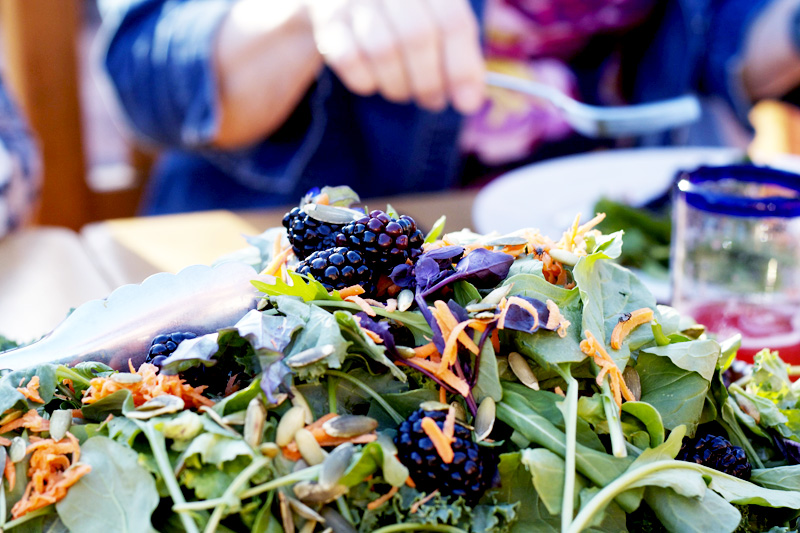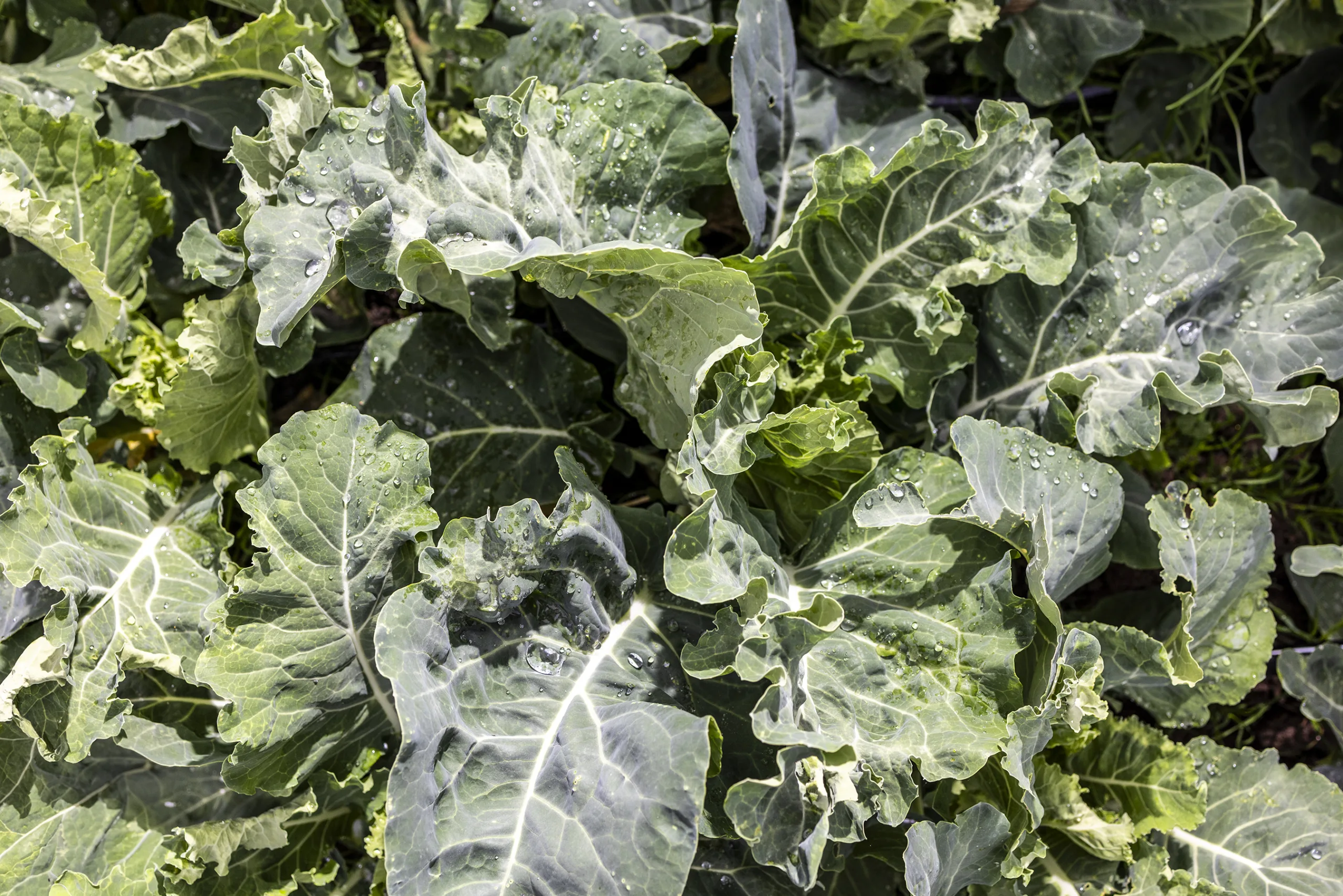Optimal Daily Diet Plan

It’s difficult to know if you’re on the right track with your diet unless you take the time to examine what’s in the food you eat. I had never done this until I took Vicky Newman’s Optimal Daily Diet Plan class at the Ranch.
Before I went, I figured I was on the healthy side with my food intake. I’m pretty careful about what I eat and try to fill the majority of my diet whole foods like veggies, grains and humanely raised meats. However, I found my sugar intake to be pretty high and my fat intake was teetering on too many daily servings for my size. That being said, this class was an eye opener. I found I’m definitely on the right track, but need to be a little bit more careful with my favorite food groups, sugar and fat!
How do you figure out your optimal daily diet plan? It’s actually quite simple. Write down every ingredient you eat within a typical day. It’s important to be honest about what a typical day really is. For those of you that do this while staying at the Ranch, write down what you eat at home since that’s a better indicator what you eat most of the time. Be honest! To fully benefit from this exercise, it must be based on what you typically eat, not what you eat on your healthiest day.
After writing down what you eat, label each ingredient with a food category. Choose from: Vegetables, Fruit, Grains, Protein Foods, Milk Products, Fat/Oils and Added Sugars.
Once you’ve tallied up what you’ve eaten in each food category, compare it to the servings that are recommended in Vicky’s Healthy Eating Plan (based on the Mediterranean Diet). If you don’t exercise much or are a smaller person, aim for the lower side of the servings. The only category in which you have free-reign are vegetables, but remember that if you cook them in any sort of oils or butters, you have to count that too.
- Vegetables 4-5 servings
- Fruit 3-4 servings
- Grains 4-5 servings
- Protein Foods 5-7 servings
- Milk Products 2-3 servings
- Fats/Oils 8-9 servings
- Added Sugars 2-3 tsp.
Example of my food activity record for one day…
7:30 AM: Daily Morning Hot Water Drink
- hot water
- ground turmeric
- ground cloves
- 1 tablespoon of raw honey
- splash of apple cider vinegar
- squeeze of lemon
10AM: Smoothie
- 1 serving of frozen strawberries
- 1/2 cup of blueberries
- 1/3 banana
- 1 cup of almond milk
- 1 1/2 tablespoon of peanut butter
- 1 tablespoon of green powder
- 1 1/2 tablespoon of protein powder
- 1 tablespoon of ground chia
- 1 tablespoon of cocoa nibs
1PM: Brown Rice Bowl
- 1 cup of brown rice
- 1/2 cup of sweet potato
- 2 servings of raw kale
- 1 serving of raw cabbage
- 1 egg
- 12 kalamata olives
- 1 teaspoon of olive oil
- 1 teaspoon of vinegar
- dash of truffle salt
- chopped garlic
- 1/3 cup of feta
3PM: 2 Servings of Inner Peas (found at Trader Joe’s)
4PM: Bread with olive oil and vinegar
7:30PM: Dinner
- 1 1/2 servings of lettuce
- 1 teaspoon of olive oil
- 1/2 cup cooked carrots
- 1 tablespoon of coconut oil (for carrots)
- 1 serving of chicken
10PM: Girl Scout Cookies-4
Here are my servings for each food group. As you can see if you compare to the chart above, I’m low in proteins and grains, but high in sugars.
- Vegetables-7 (optimal 4-5)
- Fruit-4 (optimal 3-4)
- Grains and starches-3 (optimal 4-5)
- Proteins-3 (optimal 5-7)
- Milk-2 (optimal 2-3)
- Fats/Oils-8 (optimal 8-9)
- Sugars-5 (optimal 2-3 tsp.)
It was a gratifying learning experience to analyze the food I ate. It will be difficult to cut back on fats and sugars, but I’m happy to take the healthy challenge!


